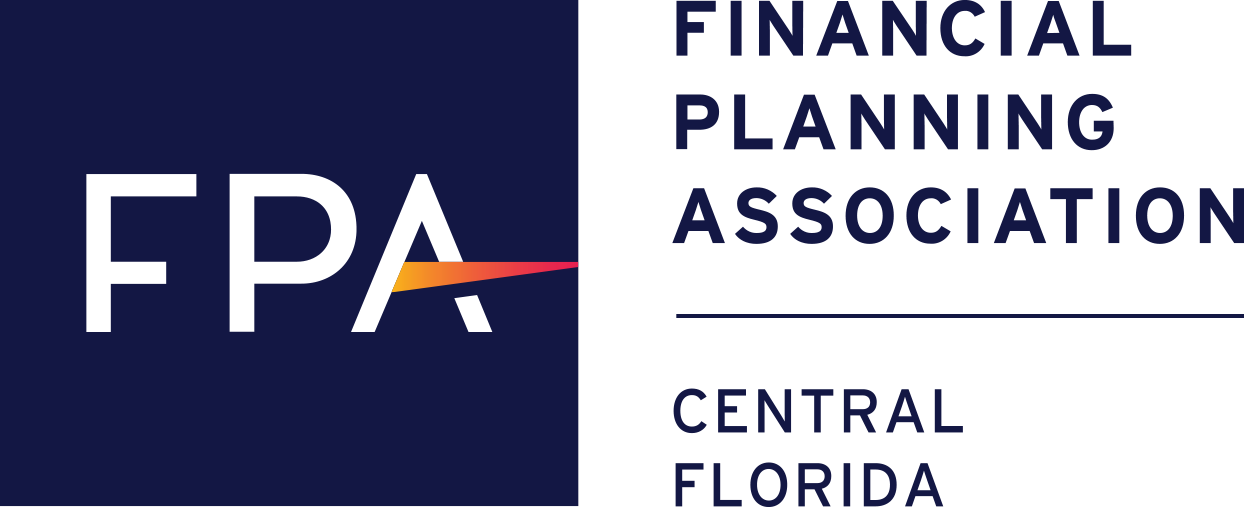
Calendar Alert! 20 Birthdays and Milestones That Matter Most in Your Financial Life
 Just like certain birthdays and life milestones carry extra personal significance, there are certain points in life that carry extra financial weight.
Just like certain birthdays and life milestones carry extra personal significance, there are certain points in life that carry extra financial weight.
Starting in the late teens and running through virtually every decade thereafter, the calendar of your life is dotted with dates and milestones, some representing key financial decision points and others that trigger important money-related developments.
The list below draws from input provided by members of the Financial Planning Association, the nation’s largest organization of personal finance experts. Add them to your calendar now so you won’t forget them later!
Age 18 to 21 (depending on the state). This is the age at which the law requires that funds kept in a UGMA (Uniform Gift to Minor’s Act) or UTMA (Uniform Transfer to Minor’s Act) college savings plan
be turned over to the child, according to Peter T. Palion, a Certified Financial Planner™ with Master Plan Advisory in East Meadow, NY.
For people in the Jewish and Latino communities, B'nai Mitzvahs and Quinceañeras, respectively, symbolize a person’s move from childhood to adulthood. To mark the occasion, some people create donor-advised funds (DAF) on behalf of the person, says Portland, OR-based Certified Financial Planner™ Arlene S. Cogen. “The DAF allows the recipient an opportunity to make grant recommendations to the charities and causes they care about.”
Age 19: This is the age up to which a parent/guardian can claim a child as a dependent, unless the child is attending college, in which case he/she can be claimed as a dependent until age 24.
First “real” job after graduating (from high school/college/graduate school). That first step into the working world is a good time to start contributing to an employer’s retirement plan, such as a 401(k) or 403(b). Setting aside even a modest amount out of a paycheck each month, and doing so sooner rather than later, gives a person the opportunity to take advantage of compound growth in their investments, which can mean tens of thousands, even hundreds of thousands, of dollars more in savings down the road.
Age 26: This is the cut-off point, where kids can no longer remain on a parent’s health insurance plan and must purchase their own insurance.
Birth of your first child: A good opportunity to invest in a life insurance policy and disability insurance to replace your income and protect your family financially should the unexpected occur, and to establish a college savings plan on the child’s behalf, such as a tax-favored “529” plan.
Mid-20s to mid-30s: With earnings/salary likely on the rise and new financial responsibilities to meet, now is a good time to establish a relationship with a financial professional to provide ongoing guidance and recommendations for meeting your goals, growing your assets and managing your money. To find a personal finance expert in your area, check out the Financial Planning Association’s searchable national database at www.PlannerSearch.org.
30s and 40s. If you have a spouse and/or children, and you want to have a say in how your assets and your affairs are handled should the worst happen, it’s important to put in place the legal documents to ensure your wishes are carried out. That includes a will, powers of attorney, guardianship of children and more.
Mid-40s to mid 50s. This is the optimal age range to invest in some form of long-term care insurance to protect against a potentially financially devastating need for care later in life. People tend to qualify for much lower premiums at this age if they’re in good health, notes Certified Financial Planner™ Brett Spencer of D3 Financial Counselors in Chicago, IL. “Many will find the mid-50s to be an ideal time to buy, but for others that do not feel as optimistic about their health or for those that are more risk-averse, they may decide to purchase earlier.”
Age 50: Here’s when people become eligible for higher “catch-up” contributions to a retirement savings plan. Tax law raises contribution limits by anywhere from $1,000 to $6,000, depending on the type of plan.
50s and 60s: This is the time for more serious contemplation about targeting a retirement date — or making a plan to continue working.
Age 55: A special exception to rules governing withdrawals from qualified retirement plans [401(k)s and the like] allows people who have been separated from employment (laid off work, etc.) at age 55 or older to start taking money out of their plan penalty-free earlier than they otherwise could, according to Spencer.
Age 59½: The age at which people can start taking penalty-free distributions from a qualified retirement plan such as a 401(k).
Three to five years before your target retirement date: Time to begin positioning your assets to transition from the accumulation phase to the distribution/decumulation phase of life — the point where you start spending down the assets you worked so hard to build. The transition includes taking stock of the income sources you’ll rely upon for retirement to assess if they’ll be adequate to support you throughout retirement, whenever it happens.
Age 62: The age at which people become eligible to claim a reduced (20% to 30%, depending on age) Social Security benefit.
Three months before turning 65: This is the time to apply for Medicare, says Spencer. Applying in advance allows a person to avoid penalties for applying late. “You may decide to delay Medicare if you are still working and covered through a health plan, but you should be aware that you will have a limited time window (currently two months) to apply for Medicare after you stop working and are off of your employer's plan,” explains Spencer.
Age 65 to 67: The “full retirement age” range at which people, depending upon their year of birth, become eligible for full Social Security benefits.
Age 70, the latest a person can elect to start drawing Social Security benefits. Waiting that long can translate into a significantly higher monthly payment.
Age 70½: This is when anyone with a qualified retirement plan [401(k), traditional IRA, etc.] must begin taking annual required minimum distributions (RMD) from their plan. RMDs do not apply to Roth IRAs.
Annually, at least, throughout your adult life, take stock of your finances, your assets, revisit the financial plan you (hopefully) put in place with the help of a financial professional, and based on that assessment, make any necessary adjustments to the plan and how your assets are allocated.
